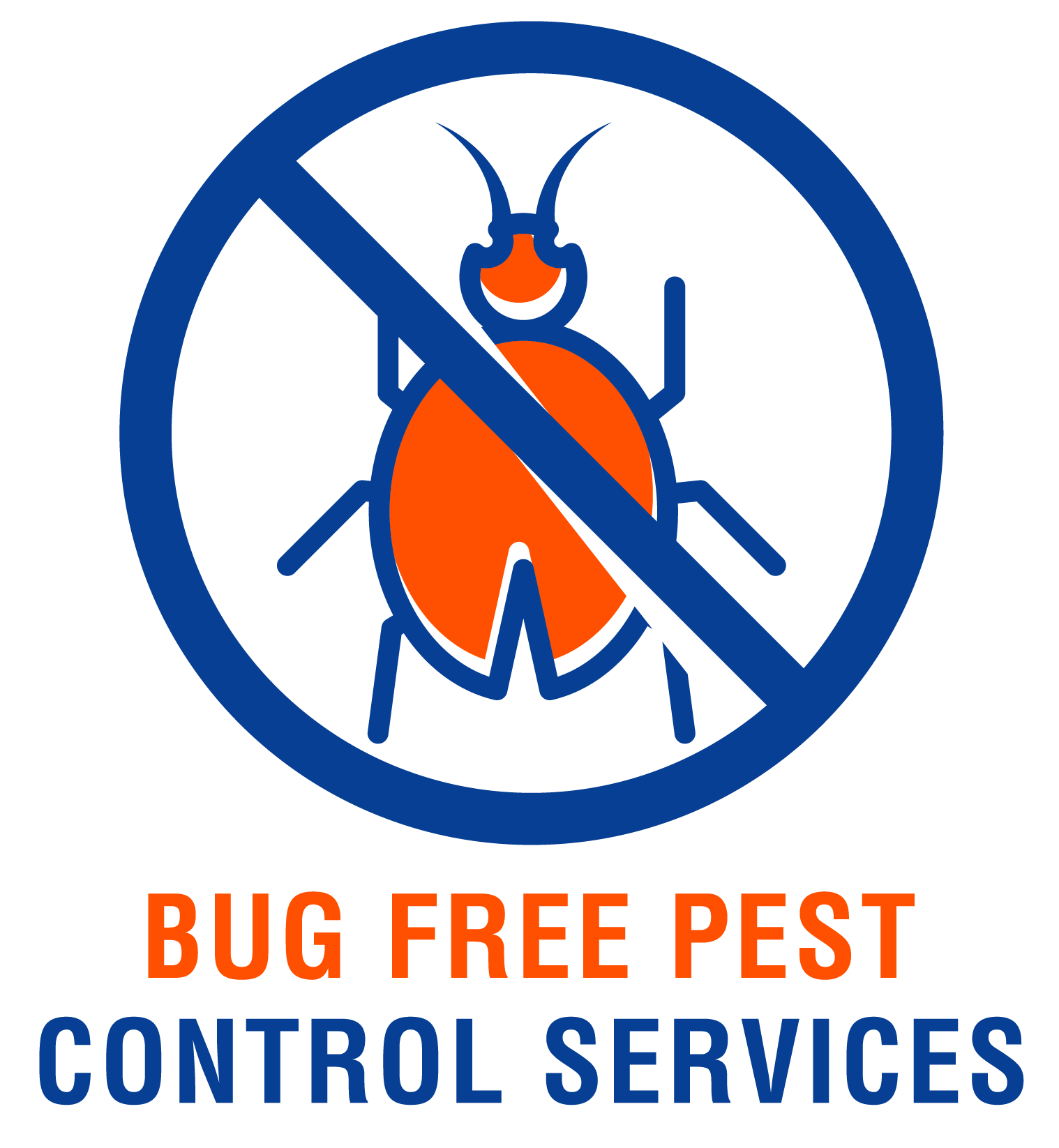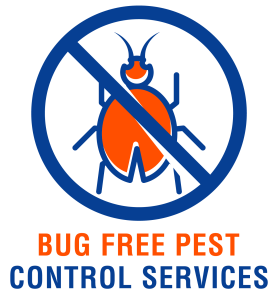Welcome to an article all about effective pest control solutions for warehouses! If you’re looking to keep pests out of your valuable warehouse space, you’ve come to the right place. We’ll discuss various methods and strategies for preventing and eliminating pests, ensuring your warehouse remains clean and pest-free. From regular inspections to implementing proper sanitation practices, you’ll learn everything you need to know to maintain a pest-free environment in your warehouse. Let’s dive in and keep those unwanted critters at bay! Have you been struggling with pest control in your warehouse? Look no further! This article will provide you with effective pest control solutions specifically tailored for warehouses. With these tips and tricks, you’ll be able to keep those pesky pests at bay, ensuring a clean and safe environment for your products.
Identifying Common Warehouse Pests
Before you can effectively tackle a pest problem, it’s essential to know what you’re up against. Common warehouse pests include rodents, insects, and birds. Rodents like rats and mice can cause damage to your inventory and contaminate your products with their droppings. Insects such as ants, cockroaches, and beetles can also pose a threat to the cleanliness of your warehouse. Birds like pigeons and seagulls can create unsanitary conditions with their droppings and nesting habits.
Knowing which pests are present in your warehouse will help you implement targeted pest control solutions to address specific issues.
Maintaining a Clean and Organized Warehouse
One of the most effective ways to prevent pests from infesting your warehouse is by maintaining a clean and organized space. Pests are attracted to clutter, food sources, and standing water, so keeping your warehouse clean and tidy can deter them from taking up residence.
Make sure to regularly sweep and mop the floors, remove garbage promptly, and store food items in sealed containers. Additionally, decluttering your warehouse and properly storing inventory can eliminate hiding spots for pests.
By taking proactive measures to keep your warehouse clean and organized, you can significantly reduce the risk of a pest infestation.
Implementing Proper Sanitation Practices
In addition to keeping your warehouse clean and organized, implementing proper sanitation practices is crucial for effective pest control. Regularly scheduled cleaning routines, such as deep cleaning and disinfecting, can help eliminate potential food sources and breeding grounds for pests.
Consider using pest-resistant materials for storage containers and shelving units to prevent pests from accessing your products. It’s also essential to address any water leaks promptly, as standing water can attract pests like rodents and insects.
By incorporating proper sanitation practices into your warehouse maintenance routine, you can create an inhospitable environment for pests to thrive in.
Sealing Entry Points
To prevent pests from entering your warehouse, it’s essential to seal all possible entry points. Gaps around doors, windows, pipes, and vents can provide easy access for pests to infiltrate your space. Inspect your warehouse regularly for any openings or cracks and seal them with caulk or weatherstripping.
Installing door sweeps and screens on windows can further prevent pests from entering your warehouse. Consider adding air curtains at entrances to deter flying insects and birds from gaining access to your warehouse.
By sealing entry points effectively, you can limit the opportunities for pests to invade your warehouse.
Utilizing Pest Monitoring Devices
Pest monitoring devices can be a valuable tool in identifying and tracking pest activity in your warehouse. Devices such as rodent traps, insect sticky traps, and bird deterrents can help you monitor pest populations and detect any signs of infestation.
Place monitoring devices strategically throughout your warehouse in areas prone to pest activity, such as near doors, windows, and storage areas. Regularly check and replace these devices to ensure their effectiveness in capturing pests.
By utilizing pest monitoring devices, you can stay ahead of potential pest problems and take proactive measures to control them before they become a significant issue.
Implementing Integrated Pest Management (IPM)
Integrated Pest Management (IPM) is a holistic approach to pest control that focuses on prevention, monitoring, and control strategies to minimize the use of pesticides. By incorporating various pest control methods, such as sanitation, exclusion, and biological controls, IPM aims to address pest issues in a sustainable and environmentally friendly manner.
Developing an IPM plan tailored to your warehouse’s specific pest challenges can help you effectively manage pest populations without relying solely on chemical treatments. Work with a pest control professional to create a customized IPM program that suits your warehouse’s needs and environment.
By implementing an IPM approach, you can achieve long-term pest control solutions that are both effective and environmentally conscious.
Partnering with Professional Pest Control Services
While implementing proactive pest control measures in-house is essential, partnering with professional pest control services can provide additional expertise and resources to address challenging pest issues. Pest control specialists have the knowledge and experience to identify and treat various pest problems effectively.
When choosing a pest control service for your warehouse, consider their reputation, experience, and expertise in handling pest issues specific to warehouses. Look for a service provider that offers customized solutions tailored to your facility’s needs and budget.
By partnering with professional pest control services, you can ensure comprehensive pest management that protects your warehouse and products from potential pest threats.
Conclusion
In conclusion, effective pest control in warehouses requires a combination of preventive measures, sanitation practices, and strategic pest management strategies. By maintaining a clean and organized warehouse, sealing entry points, utilizing pest monitoring devices, implementing IPM, and partnering with professional pest control services, you can create a pest-free environment for your products.
Remember, prevention is key when it comes to pest control. By staying proactive and implementing targeted pest control solutions, you can safeguard your warehouse against potential pest infestations. With these effective pest control solutions in place, you can ensure the safety and integrity of your warehouse and products.


